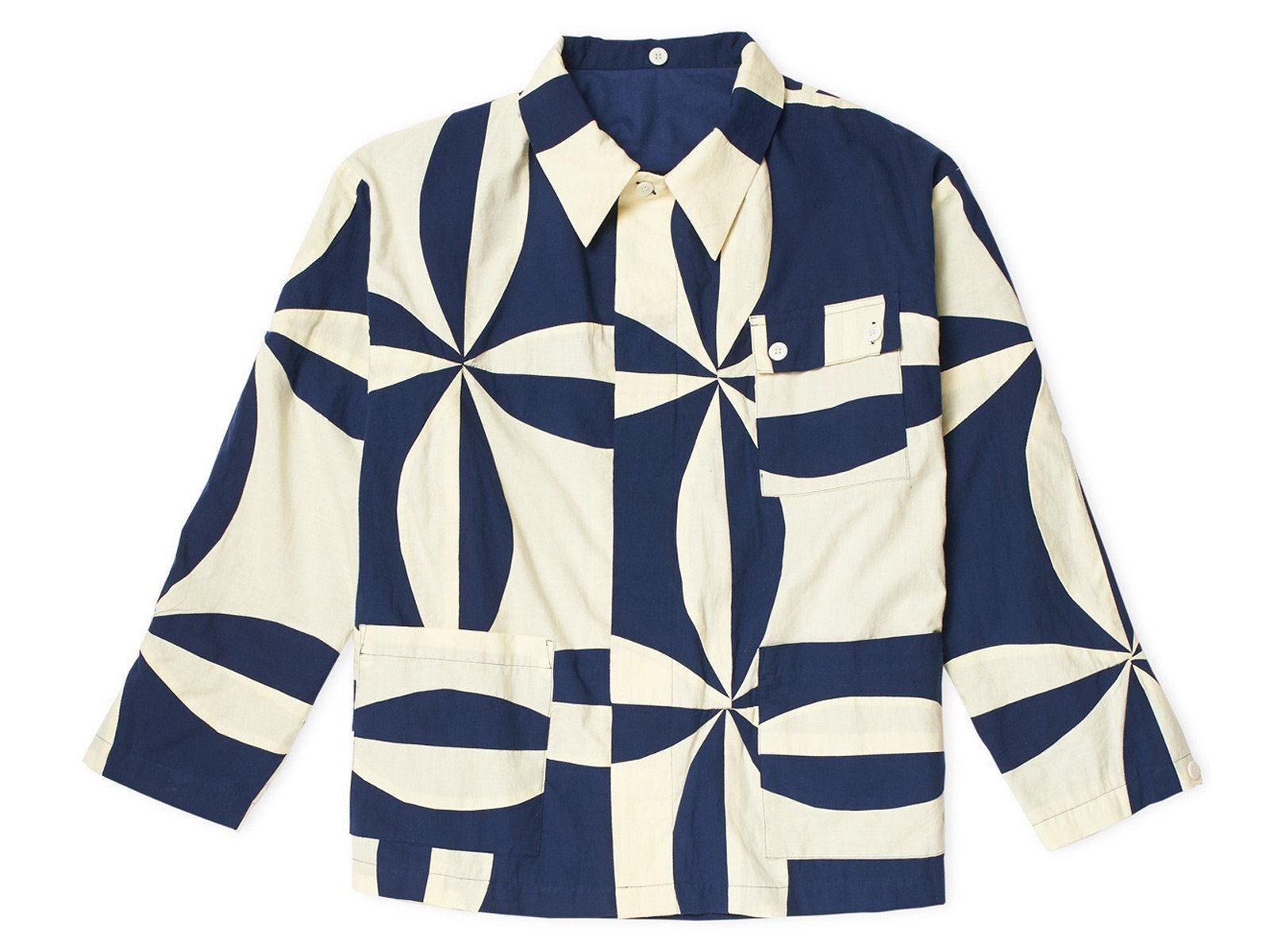
For the next year, shoppers at the Aspen Art Museum store may feel like they have wandered into something quite unlike a generic museum shop, with the typical Frida Kahlo posters, Mondrian scarves, and Warhol coasters. And indeed they will have, because the museum has asked the New York-based artist Jonathan Berger to reconceive the place entirely, from the display furniture to the stock and the ambient music.
Berger has always been taken by stores, especially the offbeat type run by a single owner, and the distinctive environments they create. “I was one of the last employees at Little Rickie,” Berger told Artnet News, referring to a novelty shop in New York’s East Village that closed in 1999 after a 15-year run. “It was a beloved and culturally significant store.”
“There’s a Starbucks there now,” he added.
“You would see Hell’s Angels and an Upper East Side queen of chintz and kids from the projects across the street, learning and shopping together in the best New York way,” he said. “You could buy a lenticular watch ring for 10 cents or a Harold Finster painting for $5,000—because that’s what they cost back then.”
The stuff on offer at the Aspen museum, coming from as far afield as India, China, Japan, and Italy, runs a wide gamut, from new to antique, jewelry to toys, fragrances to novelty items like imitation false teeth, as well as fine art. Prices range from free (for the fortune-telling fish that curl up in your hand) to $50,000 (for drawings by self-taught artist James Castle). Artist Julie Tolentino is creating a sculpture that will double as the counter, and shoppers will enjoy a soundtrack compiled by New York DJ Ramdasha Bikceem as they try on garments made exclusively for the store by Glenwood Springs Mountain Valley Weavers in collaboration with fashion label BODE, including a cotton jacket tagged at $980. They’ll also size up a Vaginal Davis painting for $3,000.
Vaginal Davis, Light Blue Eugenie DeGuerin, 2012. Courtesy of Adams and Ollman, Portland; Galerie Isabella Bortolozzi, Berlin; and New Discretions, New York.
And the list of creators with wares on hand goes on and on, including, just among the visual artists, Sister Corita Kent, Isamu Noguchi, Dean Sameshima, and Eugene Von Bruenchenhein. Among the designers are Comme des Garçons and Walter Van Beirendonck; there’s jeweler Cara Croninger; furniture makers Charles and Ray Eames; and artist and musician Michael Stipe, all in a space about 20 by 24 feet.
Berger took inspiration from past stores run by artists, including Claes Oldenburg, Hans-Peter Feldmann, Keith Haring, and Tracey Emin and Sarah Lucas. Berger also tips his hat to the tradition of the Wunderkammer, or “cabinet of curiosities,” the displays that Old World noblemen often installed in their homes, which are considered forerunners to the institution of the museum itself.
In addition to Berger’s experience in retail shops like Little Rickie, he also has familiarity with museums. His work has been on show at the Museum of Contemporary Art Los Angeles and the Queens Museum of Art, as well as in exhibitions like the Busan Biennial.
In many of his projects, Berger uses objects to compose portraits of sorts, and if the Aspen store isn’t just a portrait of Philip Retzky, Little Rickie’s owner, Berger is trying to capture something of the democratic spirit he created there.
“There was something profound about the fact that the care given to all the objects was equal. Everybody mattered. It sounds sentimental,” he added, “but it’s true.”